10 Ways to Help Preserve Forests Globally
- August 19, 2024
- 0 comment
Forests are essential to our planet, supporting biodiversity, regulating climate, and providing oxygen. Yet, deforestation, driven by agriculture, logging, and urban expansion, threatens these vital ecosystems. Immediate action is needed to preserve forests and ensure a sustainable future. Here’s how you can contribute.
What is a Forest?
A forest is a vast area densely populated with trees and various vegetation forms. These ecosystems are critical for the planet, hosting a rich diversity of animal and plant species. Forests play pivotal roles in producing oxygen, storing carbon, regulating climate, maintaining the water cycle, and preserving soil and biodiversity.
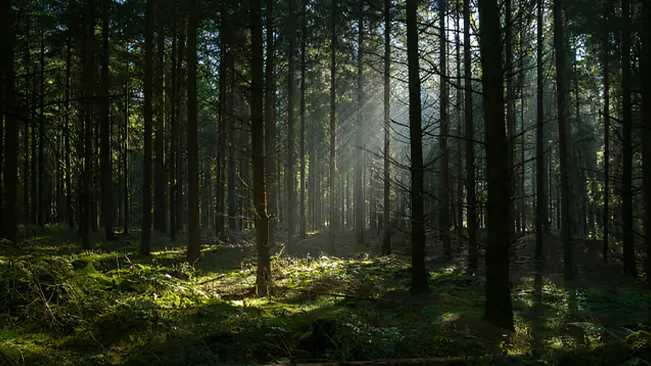
Forests vary widely, each adapted to its unique climate and home to diverse species. Tropical rain forests, rich in biodiversity, thrive near the equator with constant warmth and rain. Temperate forests, which experience all four seasons, mix deciduous trees and evergreens in cooler regions. Boreal forests, or taiga, feature coniferous trees and endure harsh winters in high northern latitudes. Montane forests, climbing mountain elevations, change vegetation with altitude. These forests are ecological treasures, crucial for both natural resources and recreation.
10 Things You Can Do To Save Forests
1. How to Preserve Forests in Your Area
Preserving trees and forests in local areas is crucial due to their extensive environmental and recreational benefits. Large trees and mature forests serve as vital habitats for diverse species, act as significant carbon sinks, and help maintain water quality. They also contribute to climate stabilization and offer spaces for people to engage with nature. Advocating for forest conservation, the establishment of parks, and the prevention of harmful developments like suburban sprawl are essential actions. Individuals can influence these efforts by encouraging their local governments to prioritize green spaces and sustainable development.
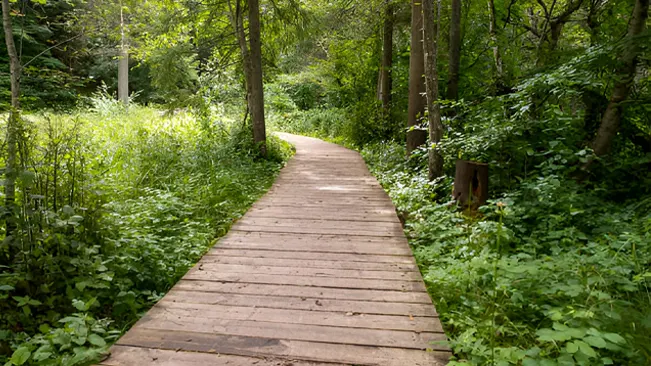
Additionally, getting involved in local conservation efforts can make a significant impact. Volunteering with local land trusts, parks, and recreation departments helps support and expand protected areas. For landowners, considering a conservation easement can be a powerful way to ensure their forested property remains preserved for future generations. These initiatives not only protect natural environments but also enhance the quality of life for local communities by maintaining the health and beauty of their natural surroundings.
2. Plant Trees to Preserve Forests
Is a fundamental strategy in combating climate change and restoring degraded ecosystems. Engaging in reforestation not only helps sequester carbon but also revives habitats for threatened species, enhancing biodiversity. Individuals can contribute by planting trees in their communities or supporting global tree-planting initiatives through donations. It’s important to focus efforts on planting native species that are adapted to local conditions, as these are more likely to thrive and support local wildlife.
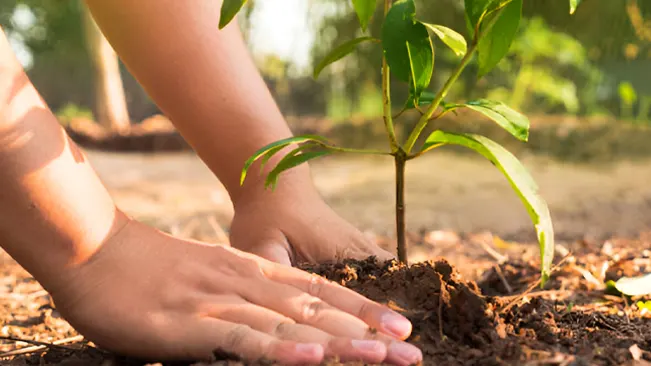
When donating to organizations that plant trees, it’s crucial to ensure that the funds are used to restore native ecosystems rather than create timber mono cultures intended for eventual logging. Supporting genuine restoration projects helps preserve the ecological balance and ensures that the planted trees provide long-term environmental benefits. By consciously choosing where to direct support, individuals can make a meaningful impact on global reforestation efforts, helping to build healthier, more resilient ecosystems.
3. Support Organizations Dedicated to Forest Preservation
Supporting forest conservation organizations is vital in combating deforestation and preserving endangered ecosystems globally. Non-governmental organizations (NGOs) such as the TREE Foundation, the Nature Conservancy, the Sierra Club, the Center for Biological Diversity, and the Rain forest Action Network play a crucial role in these efforts. Many areas lack effective, environmentally-friendly governance, leaving NGOs to provide essential organizational and financial backing for various conservation projects. These organizations work tirelessly to protect natural habitats and promote sustainable practices worldwide.

Contributing to these conservation efforts can be as simple as donating to a reputable charity or volunteering your time. When choosing an organization to support, it’s important to select one that aligns with your values and demonstrates transparency and effectiveness in its initiatives. Donations to these groups are often tax-deductible, providing a financial incentive for supporters. Additionally, volunteering with a local forest conservation nonprofit can offer a hands-on way to make a direct impact, helping to maintain and restore the health of ecosystems in your community.
4. Educating Yourself about Forests Both Local and Global
Is a foundational step towards appreciating and protecting these vital ecosystems. Forests play a crucial role in sustaining our planet’s health by providing habitats for diverse species, regulating climates, and supporting human livelihoods. Understanding the complex interactions within forest ecosystems and the significant threats they face, such as deforestation and climate change, can deepen your appreciation for their beauty and ecological importance. As you learn more, you become better equipped to inform and inspire others about the importance of forest conservation.

There are numerous resources available to enhance your knowledge of forests. Engaging with a range of books, websites, and documentaries can provide you with a well-rounded understanding of forestry issues and solutions. This educational journey not only enriches your own connection with nature but also empowers you to advocate effectively for policies and practices that support forest sustainability. By sharing your knowledge, you can help foster a community that values and actively protects these critical ecosystems.
5. Leveraging your Purchasing Power to Support Forest-Friendly Products
is an effective way to combat deforestation. Agriculture drives approximately 80 percent of global deforestation, with significant contributions from mining and logging industries as well. Among agricultural products, beef is the most harmful, not only due to its role in extensive tropical deforestation but also because of the significant methane emissions from cattle, which exacerbate climate change. To minimize the impact of your consumption, it’s advisable to avoid products like beef, soy, and certified palm oil that originate from tropical regions. Instead, seek out products certified by organizations such as the Rain forest Alliance, Forest Stewardship Council, and the Round table on Sustainable Palm Oil.

Certified products are often available at food cooperatives and natural food stores, ensuring you have access to options that support sustainable practices. One exemplary product is shade-grown coffee, which is cultivated under the natural canopy of forests. This method preserves the forest structure and biodiversity, contrasting sharply with conventional practices where forests are cleared for plantation development. By choosing shade-grown coffee and other certified goods, you not only enjoy quality products but also contribute to the preservation of vital ecosystems and the reduction of deforestation.
6. Demanding Better Product Labeling
Is essential for making informed purchasing decisions that support sustainability. While certifications can provide insights into the environmental impact of products, the reality is that most items on the market lack certification, and many retailers do not stock certified products. By advocating for more certified products in local stores, you play a part in driving market demand towards sustainability. It’s important to educate retailers on the importance of carrying such products and to hold them accountable when they stock items linked to deforestation. Additionally, contacting major food companies to insist on sustainable sourcing can push for broader industry changes.
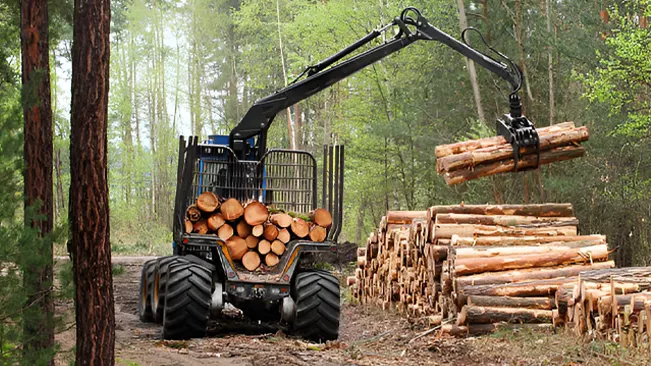
Creating campaigns to pressure companies for greater transparency in their supply chains is another powerful tool. These campaigns can encourage companies to adopt sustainable sourcing practices, ensuring that the products they sell do not contribute to deforestation. By mobilizing community support and using social media platforms to amplify your message, you can effectively influence corporate policies. This collective action not only promotes environmental stewardship but also sets a standard for corporate responsibility in preserving our planet’s forests.
7. Advocating For Robust Climate Change Solutions
Is crucial as climate change profoundly impacts human society and the natural world, particularly forests. The rising temperatures disrupt the delicate ecological balances, threatening numerous species with extinction and altering habitats that numerous creatures depend on for survival. Moreover, climate change is expected to increase the frequency and severity of droughts and wildfires in regions like Australia, Indonesia, California, and the Amazon Rain forest, which is one of the most bio diverse areas on the planet. Forests play a vital role in mitigating climate change through carbon storage and influencing rainfall and other climatic conditions, underscoring the need for their protection and the implementation of effective climate policies.
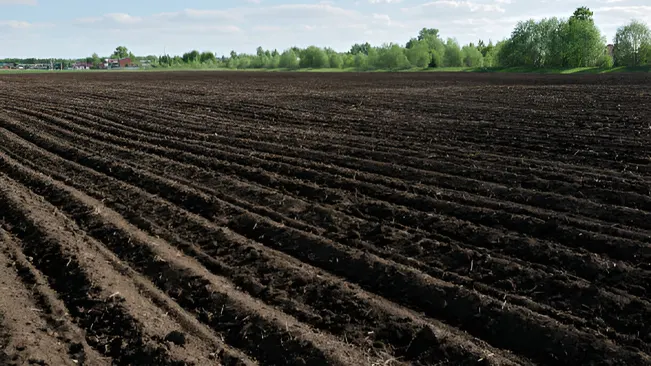
On a local level, engaging in campaigns to promote progressive climate policies can drive significant environmental changes. Encouraging your community leaders to adopt and enforce policies that reduce carbon emissions and enhance sustainability is a direct way to combat climate change. Additionally, personal actions matter; reducing your own carbon footprint can have a cumulative effect when combined with broader community efforts. Whether it’s by reducing energy consumption, choosing sustainable transportation options, or supporting renewable energy initiatives, every effort counts towards shaping a sustainable future.
8. Regularly Visiting Forests and Green Spaces
Exploring forests and green spaces can be a transformative experience. Immersing yourself in these natural settings not only deepens your appreciation for the environment but also brings numerous benefits to your mental and physical health. Activities like hiking through trails and camping under the stars provide a direct connection to nature that can refresh the spirit and invigorate the body.
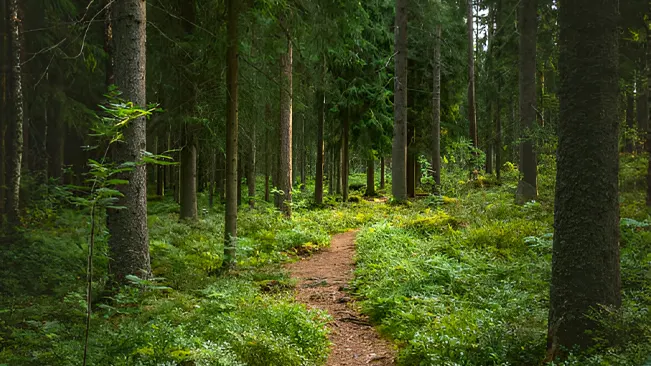
In today’s rapidly urbanizing world, where digital interactions often replace direct contact with nature, it’s crucial to reconnect with the outdoors. Whether you’re enjoying a serene picnic, bird watching, or even daring to climb a tree, each activity offers a unique opportunity to bond with nature and enhance your well-being. So why not step outside and embrace the beauty of the natural world?
9. Teaching Children About Forests Through Engaging Books and Hands-on Outdoor
Exploration can ignite a lifelong passion for nature and environmental stewardship. Reading stories about trees and forest ecosystems introduces kids to the importance of these habitats in a fun and accessible way. Taking it a step further by visiting parks and natural reserves allows children to experience the beauty and complexity of these environments firsthand. Such activities not only educate them but also offer immense health benefits, enhancing their physical, cognitive, and emotional development.

Exposing children to nature from a young age is crucial as it helps foster positive environmental attitudes that can last into adulthood. Being in nature encourages curiosity and learning, providing children and their families with opportunities to discover and appreciate the intricate web of life that forests support. This hands-on learning experience is invaluable; it not only broadens their understanding but also enhances their appreciation for the natural world. Encourage children to explore, ask questions, and connect with nature you might find yourself learning and discovering right alongside them.
10. Sharing your Passion For Forests with Others
Is crucial in combating the widespread issue of deforestation fueled by ignorance. As urbanization and digital life pull people away from natural settings, it’s more important than ever to highlight the critical role forests play in our ecosystems. Taking friends for hikes, engaging them in conversations about the significance of forests, or involving them in local conservation efforts can make a tangible difference. By educating others about the benefits of forests from carbon sequestration to biodiversity you can help bridge the gap between urban life and the natural world.

Furthermore, using social media to raise awareness about forest conservation can amplify your impact. Sharing insightful content, experiences, and engaging discussions online can spark interest and motivate others to take action. It’s vital to convey that forests are not just scenic backdrops but essential life-support systems critical for human survival. By collectively emphasizing the importance of these ecosystems, we can ensure that they are preserved and cherished for future generations. This shared responsibility is key to maintaining the health and sustainability of our planet’s forests.
Conclusion
In conclusion, every individual action contributes significantly to global forest preservation. By adopting sustainable habits, supporting reforestation efforts, and advocating for environmental policies, we can collectively ensure a greener future. Let’s embrace these strategies and safeguard our forests for future generations. Together, our efforts are crucial for the planet’s health and biodiversity.
FAQs
- What are the most effective ways to contribute to forest preservation?
Advocating for sustainable practices, supporting reforestation projects, and promoting education about forest conservation are key methods. - Why is it important to buy forest-friendly products?
Purchasing products certified by organizations like the Rain forest Alliance or the Forest Stewardship Council ensures that your consumption does not contribute to deforestation and supports sustainable management of forest resources. - How can planting trees help preserve forests?
Planting trees can restore degraded lands, enhance biodiversity, and reduce the carbon footprint, aiding in the fight against climate change and habitat loss. - What role do local communities play in forest conservation?
Local communities can help maintain forest health by engaging in sustainable practices, participating in local conservation efforts, and influencing policy through advocacy. - Why should I educate children about forests?
Educating children about forests fosters environmental stewardship from a young age, ensuring future generations are aware of and committed to preserving these vital ecosystems. - How does advocating for better product labeling contribute to forest preservation?
Advocating for clear labeling helps consumers make informed choices that favor sustainable products, reducing demand for goods that contribute to deforestation. - Can visiting forests really make a difference in their preservation?
Yes, visiting forests raises awareness about their value, promotes eco-tourism, and increases public and political will to protect these natural resources. - What is the impact of supporting forest conservation organizations?
Supporting these organizations helps fund vital research, conservation projects, and advocacy efforts needed to combat deforestation and preserve forest ecosystems globally. - How does volunteering help in the preservation of forests?
Volunteering can lead to direct action such as tree planting, cleanup efforts, and other initiatives that have a tangible impact on forest health and sustainability. - What should I look for when choosing a forest conservation charity to support?
Look for organizations with transparent practices, a proven track record of effective projects, and a focus on sustainability and local community involvement.

Joel Cunningham
Forestry AuthorI'm Joel Cunningham, an expert in pruning and weed management with over a decade of experience. My skills are rooted in formal training and extensive practice, focusing on advanced pruning techniques and efficient weed control. I'm known for my quality work, precision, and deep understanding of plant health and soil dynamics. My contributions extend to educational initiatives where I share sustainable practices and advice, establishing myself as a reliable and authoritative figure in the gardening community.

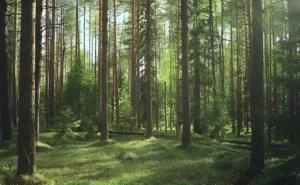
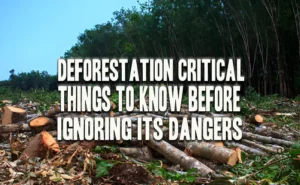
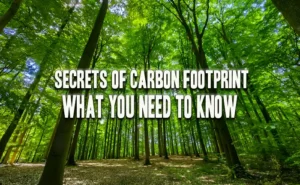
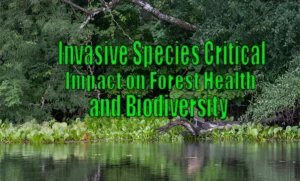
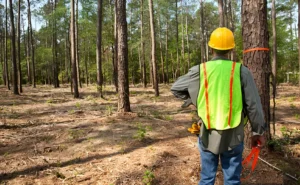
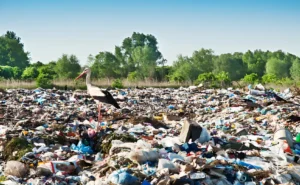
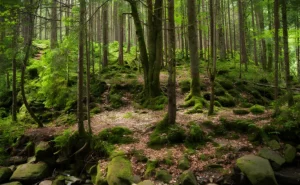


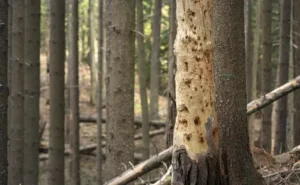
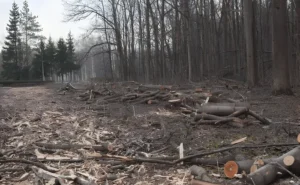
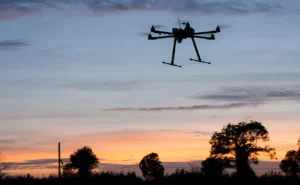
Leave your comment